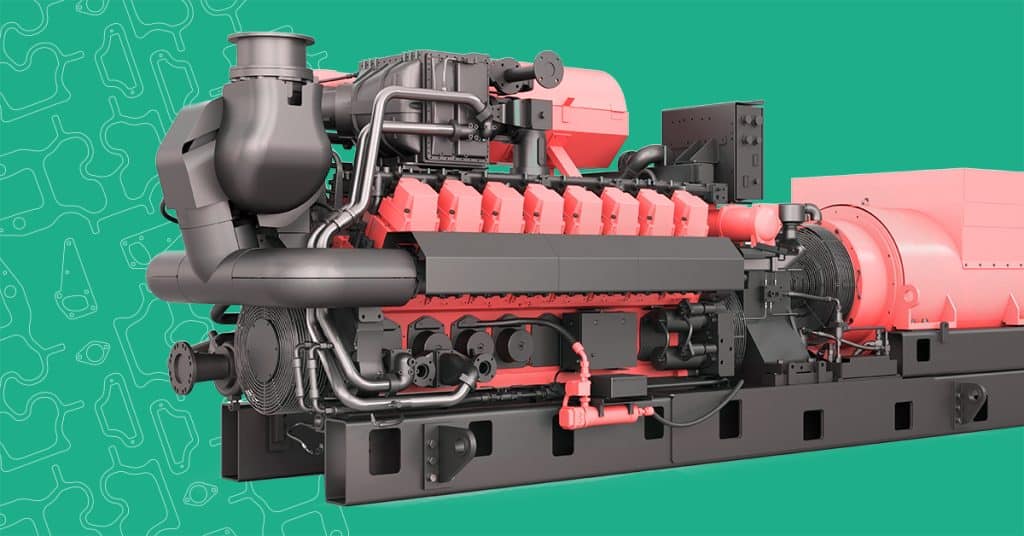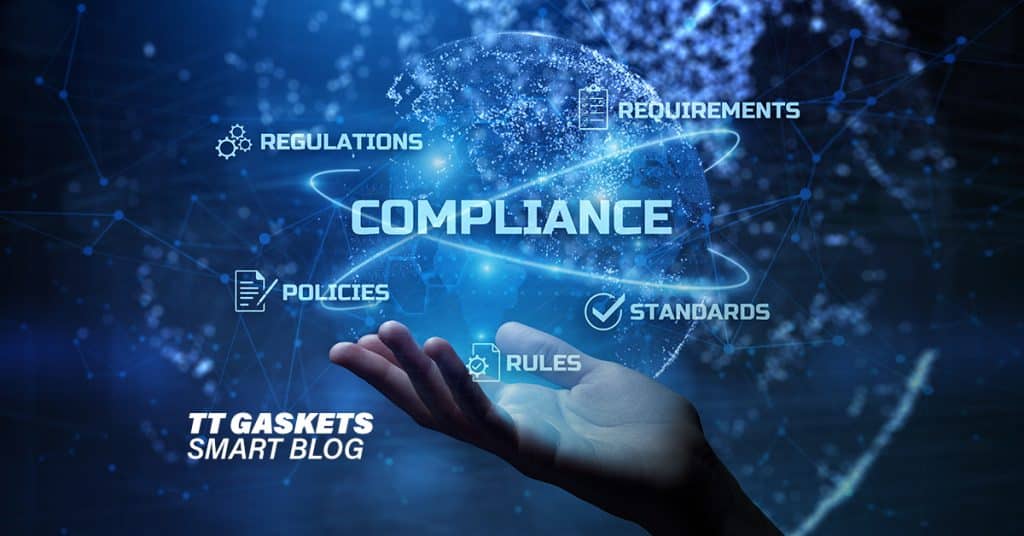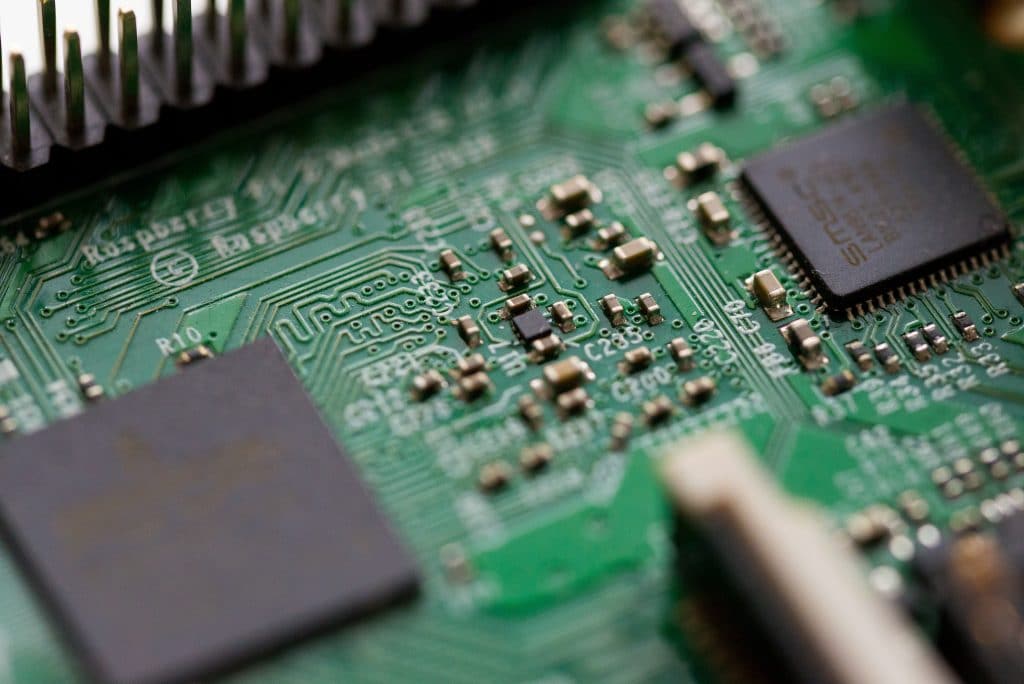Collaboration – Earning trust to join the club
maj 3, 2023

Ever since our humble beginnings in the 1940s, TT Gaskets has been a key player in the field of engine sealing. Our first collaborations started in the 1960s and are still going strong today. We have gradually gained trust from our partners and became valued globally. Respect can easily be lost with one major failure which we luckily have avoided, and we are doing our best to never make one.
Trust is gained F2F, not B2B
Our gained trust was personified by the late sales legend Jukka Sunila who travelled the globe for decades and was known worldwide. He always put the benefit of the client first and the company and himself second. We are trying our best to embrace this legacy in upcoming years, and Jukka’s name is also commemorated in our new mica material Micaseal Suniflex.
An unexpected but welcome invitation to join the club
One fine example of Jukka’s efforts was the invitation to join CIMAC, the International Council on Combustion Engines, the big boy club for large engine manufacturers and research entities. Its purpose is to discuss technical and regulatory development of the engine industry.
We are currently the only gasket manufacturer in the council and one of the few SMEs alongside the global enterprises. The first congress we joined was held in 2019 in Vancouver, Canada, and the next one is this summer in Busan, South Korea.
Last time I wrote two articles for the congress, one about the history of gaskets and the other about our early development with Smart Gaskets. Alas, I was still a junior in the company and wasn’t invited to join the event myself – all I got was a T-shirt, but that was better than nothing.
Climbing the ladder and providing input
This time around I have climbed the ladder enough to be able to join the congress with a few colleagues. Again, I’ve written an article and am giving a presentation regarding the current state of Smart Gasket development (which, by the way, looks promising after a longer backwater period).
We hope that the event provides valuable insight into the upcoming development of the industry regarding, for example, alternative fuels. Of course, we also hope to make TT Gaskets and our competence more known to other members and participants.
In addition to the congresses, CIMAC also facilitates working groups that address different topics regarding the industry. Currently, we are part of the emission regulation working group but are hoping to migrate to the gas engine group instead. We don’t have too much to say about emissions other than less is more, but gas engines are something we have been working with for decades and definitely have something to contribute in. In any case, we’ll get to know people from the technical departments of our current and potential clients and may find something to work on in the meantime.
If you’re interested in learning more about our input within the large engine industry, I believe there’s still room in the congress. And if you’re not able to participate, we are always at your disposal to provide Smarter Sealing for a Safer Tomorrow.







